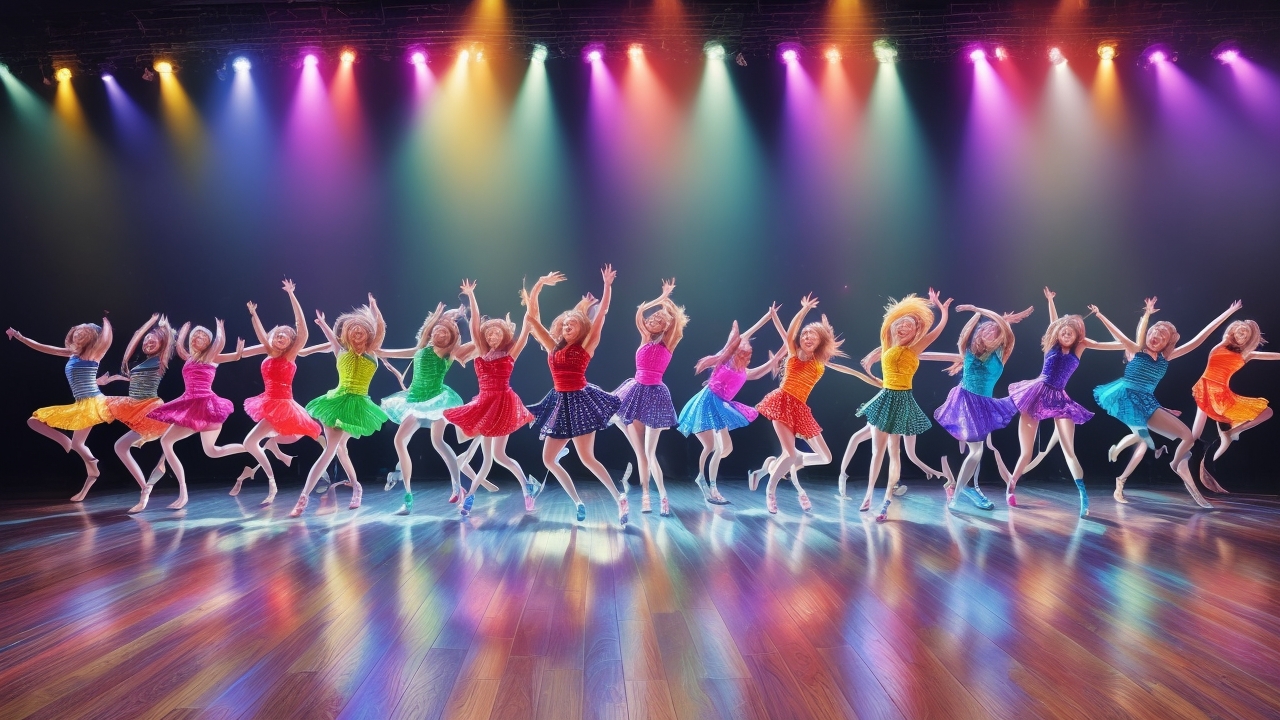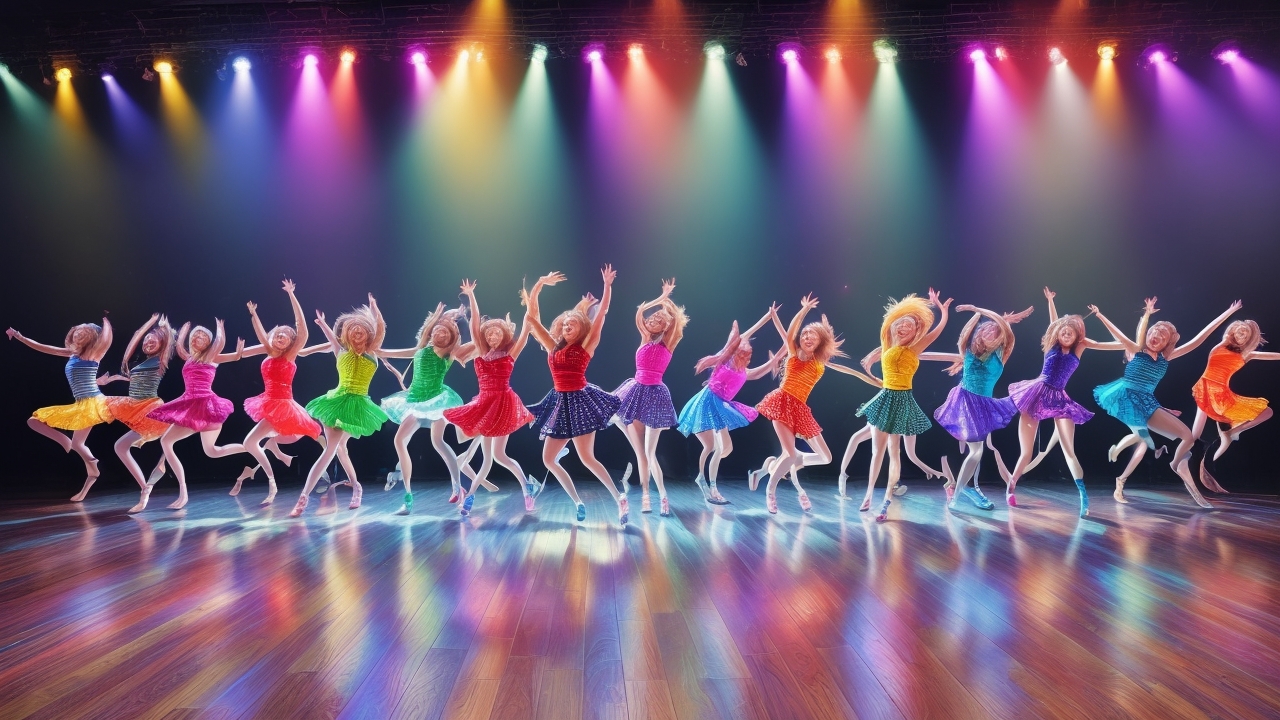Lip sync the art of silent singing
The blog serves as a comprehensive guide for mastering the art of lip sync performance, exploring its growing popularity on social media platforms. Key questions addressed include the foundational techniques essential for effective lip syncing, effective practice methods, and common pitfalls to avoid. The discussion emphasizes the importance of memorizing tracks, mastering mouth shapes for sounds – often likened to characters with a “big lip cartoon” for visual emphasis – and incorporating body language and facial expressions to enhance performance. This content is pertinent for aspiring entertainers looking to engage audiences through precise lip syncing, making performances both memorable and authentic.
The Ultimate Guide to Lip Sync Performance
Getting Started with Lip Sync
Lip sync or lip singing stands as an entertaining performance art where performers match their mouth movements to pre-recorded songs or dialogue. This form of expression has taken social media platforms by storm, transforming ordinary people into instant entertainers.
Understanding the Basics
The foundation of lip sync lies in precise timing and facial expressions. Performers need to study their chosen audio track extensively, noting every vocal nuance and emotional shift. Successful lip sync requires more than just moving your lips – it demands full facial engagement and body language that matches the song’s energy.
Essential Techniques
Mastering lip sync involves several fundamental techniques. First, memorize your chosen track completely. Second, practice mouth shapes for different sounds. Third, incorporate facial expressions that match the emotion of the song.
Mouth Movement Mastery
Different sounds create distinct mouth shapes. Vowels require open mouths while consonants need specific lip positions. Study yourself in a mirror to perfect these movements.
Practice Methods
Effective practice makes perfect in lip sync performance. Start with slower songs before advancing to faster ones. Record yourself practicing and review the footage to spot areas needing improvement.
Daily Exercises
- Mirror practice sessions (15-30 minutes)
- Recording and reviewing performances
- Studying professional lip sync artists
Common Mistakes
Many beginners face similar challenges when starting their lip sync journey. Over-exaggeration of mouth movements and poor timing are frequent issues that need attention.
Advanced Tips
Professional lip sync performers incorporate subtle nuances that elevate their performances. Adding personality while maintaining accuracy creates memorable performances that stand out.
Performance Enhancement
Incorporating gestures and dance moves can transform a basic lip sync into an engaging performance. However, ensure these additions don’t compromise your lip sync accuracy.
People Ask About Lip Sync
What makes a great lip sync performance?
A great lip sync performance combines precise mouth movements, appropriate facial expressions, and confident body language. Timing accuracy and emotional connection with the song create authentic performances.
How long should I practice before performing?
Dedicate at least two weeks to practicing a single song. Focus on perfecting timing and expressions before adding complexity with choreography or props.
Can anyone learn to lip sync effectively?
Yes, lip sync is an accessible art form that anyone can learn with dedication and practice. Start with simple songs and gradually progress to more challenging material as your skills improve.


